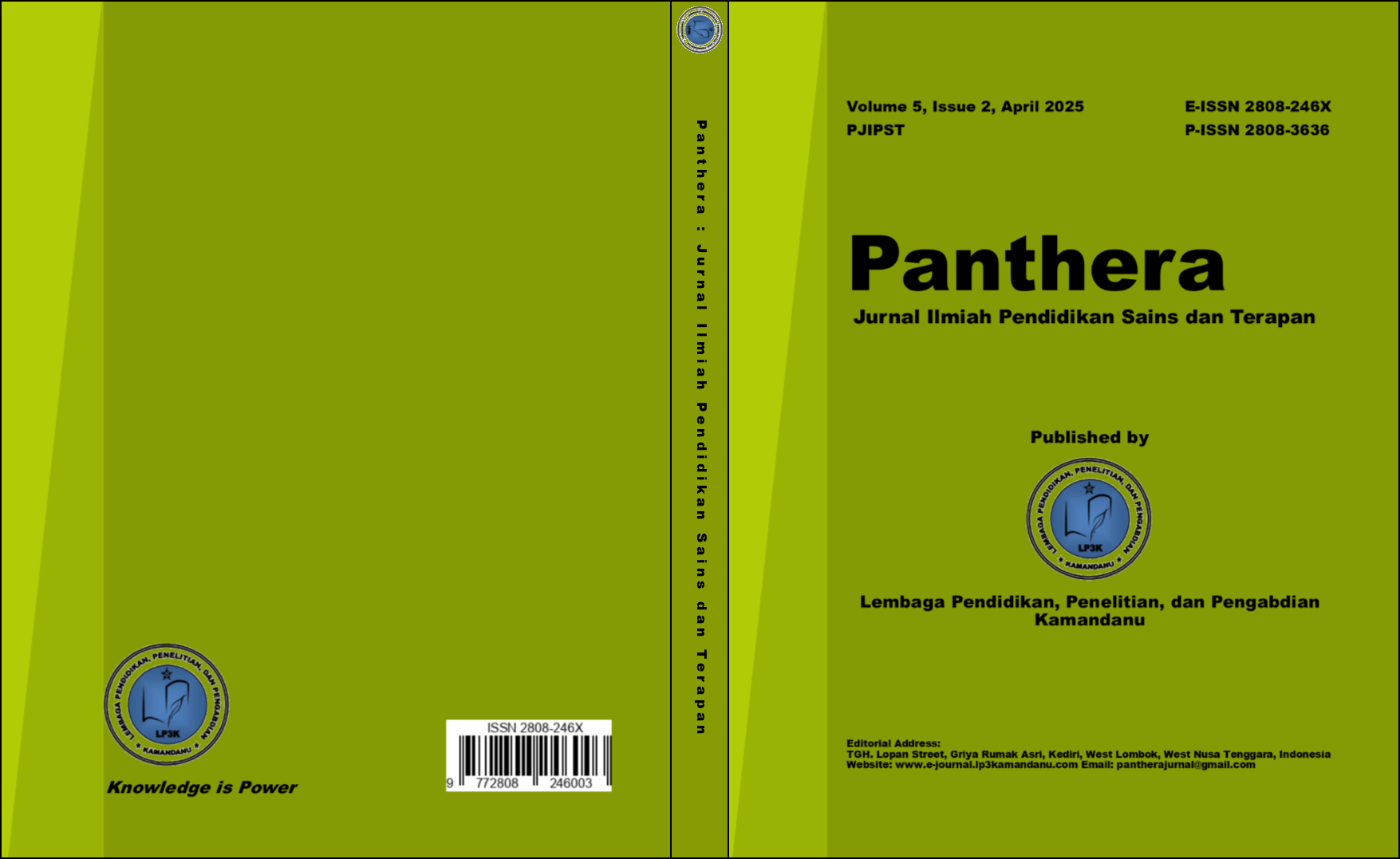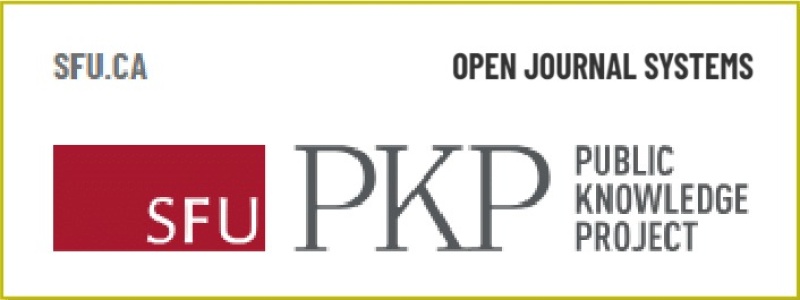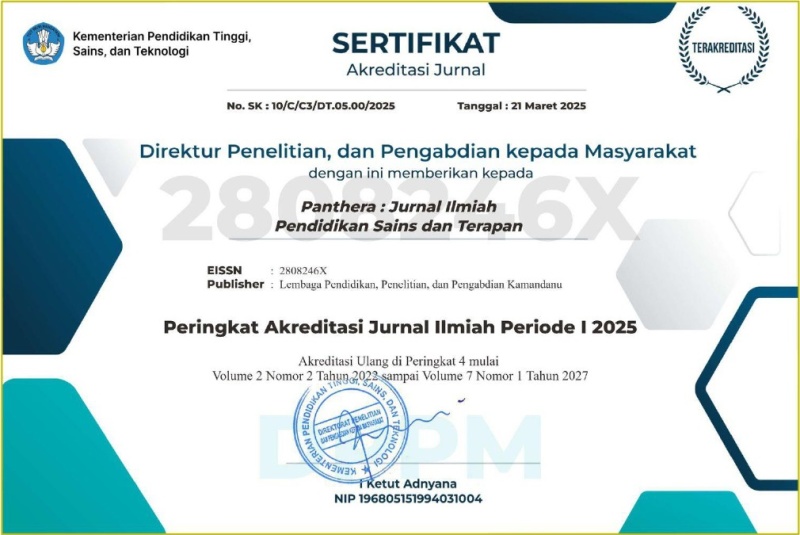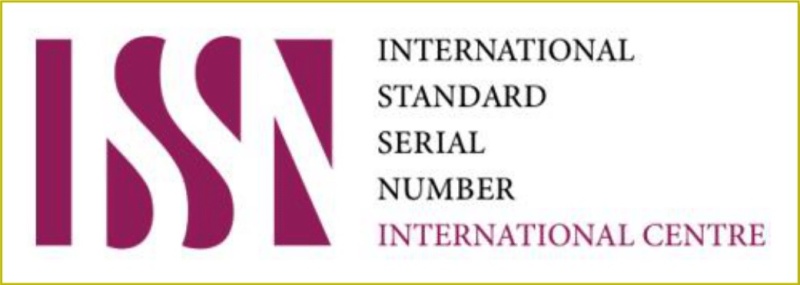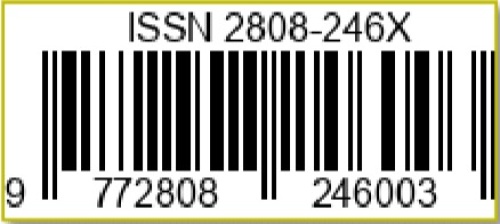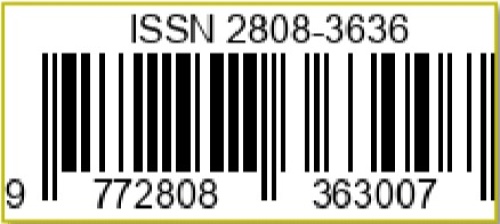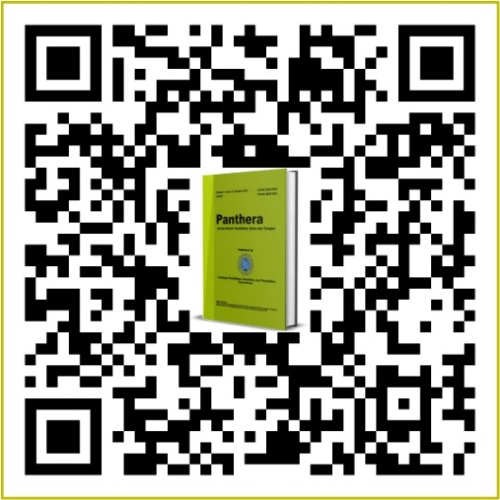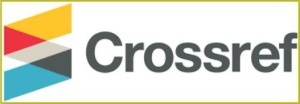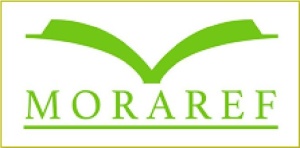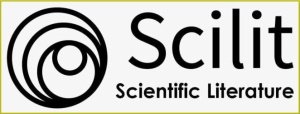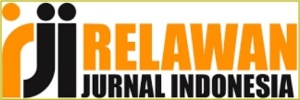Kajian Sosiologi Ian Watt dalam Film “Anak Karaeng” Karya Yus Amin DB
DOI:
https://doi.org/10.36312/panthera.v5i2.391Keywords:
Anak Karaeng, Ian Watt, Sociology of LiteratureAbstract
This study aims to analyze the relationship between writers, literary works, and society in the film Anak Karaeng. This film raises the theme of the customs of Kakaraengang (nobility) in Makassar society, especially in Takalar Regency. This study uses the Ian Watt model of literary sociology approach which focuses on three aspects, namely: the author's social context, literature as a reflection of society, and the social function of literature. This type of research is qualitative using a descriptive method that describes the form of literary sociology. This study uses interactive model data analysis with research analysis techniques according to Miles & Huberman (1994). The results of this study indicate that the social context of the author of the film Anak Karaeng is influenced by his cultural background and experience in working on previous films. This film reflects the social reality of Makassar society which still adheres to the customs of Kakaraengang, which triggers conflict in interpersonal relationships. This film also has a social function as a medium of education and entertainment for the community, as well as a reflection of the culture and traditions of the Makassar tribe.
Downloads
References
Al-Ma’ruf, A. I., & Nugrahani, F. (2017). Pengkajian Sastra Teori dan Aplikasi. Surakarta: CV. Djiwa Amarta Press.
Botifar, M. (2016). Ungkapan Makian dalam Bahasa Melayu Bengkulu Analisis Makna dan Konteks Sosial. Wacana: Jurnal Penelitian Bahasa, Sastra, dan Pengajaran, 14(1), 1-12. https://doi.org/10.33369/jwacana.v14i1.865
Carolina, R., Missriani, M., & Fitriani, Y. (2021). Kajian Sosiologi Sastra dalam Novel Sang Pewarta Karya Aru Armando. Jurnal Pendidikan Tambusai, 5(2), 5267-5281. https://doi.org/10.31004/jptam.v5i2.1816
Juni, A. (2019). Apa Itu Sastra Jenis-jenis Karya Sastra dan Bagaimanakah Cara Menulis dan Mengapresiasi Sastra. Yogyakarta: Deepublish.
Klarer, M. (2004). An Introduction to Literary Studies (2nd Edition). London: Routledge.
Miles, M. B., & Huberman, A. M. (1994). Qualitative Data Analysis. California: SAGE Publications Inc.
Noor, R. (2019). Fungsi Sosial-Kultural Sastra: Memajukan Kebudayaan dan Mengembangkan Peradaban. Nusa: Jurnal Ilmu Bahasa dan Sastra, 14(2), 206-216. https://doi.org/10.14710/nusa.14.2.206-216
Soekanto, S. (2013). Sosiologi Suatu Pengantar. Jakarta: Rajawali Pers.
Suantoko, S. (2019). Karya Sastra sebagai Dokumen Sosial dalam Trilogi Cerpen Penembak Misterius Karya Seno Gumira Ajidarma: Kajian Sosiologi Sastra-Objektif. Jurnal Edukasi Khatulistiwa Pembelajaran Bahasa dan Sastra Indonesia, 2(2), 13-26. https://doi.org/10.26418/ekha.v2i2.32607
Sugiyono, S. (2019). Metode Penelitian Pendidikan (Kualitatif, Kuantitatif, dan Kombinasi R&D). Bandung: CV. Alfabeta.
Sunarto, K. (2004). Pengantar Sosiologi (Edisi Ketiga). Jakarta: Lembaga Penerbit Fakultas Ekonomi, Universitas Indonesia.
Teeuw, A. (1984). Sastra dan Ilmu Sastra. Jakarta: Pustaka Jaya.
Wafiroh, H. (2024). Refleksi Sosial Masyarakat dalam Novel Negeri 5 Menara Karya Ahmad Fuadi; Kajian Sosiologi Sastra Alan Swingewood dan Implementasinya sebagai Bahan Ajar Pembelajaran Sastra di SMA. Skripsi. Universitas Tidar.
Downloads
Published
How to Cite
Issue
Section
License
Copyright (c) 2025 Ahmad Fadil, Aryuni Putri, & Tri Marsha Hasibuan

This work is licensed under a Creative Commons Attribution-ShareAlike 4.0 International License.
-
Attribution — You must give appropriate credit, provide a link to the license, and indicate if changes were made. You may do so in any reasonable manner, but not in any way that suggests the licensor endorses you or your use.
-
ShareAlike — If you remix, transform, or build upon the material, you must distribute your contributions under the same license as the original.

